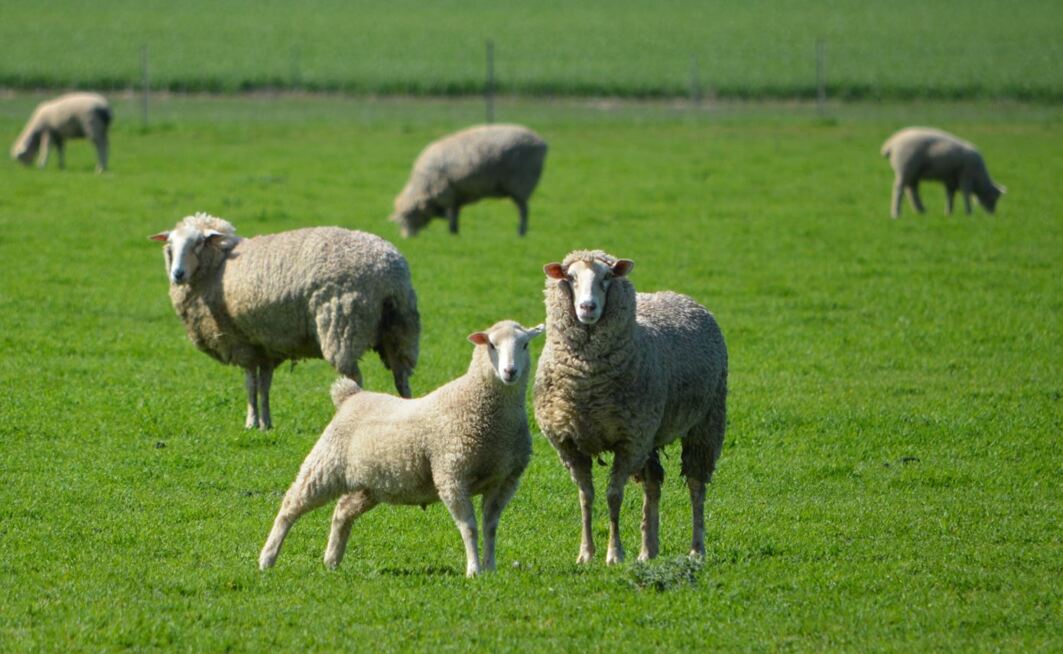Meat & Livestock Australia (MLA) reported last week Australia now sits above its main lamb export market competitor, New Zealand, when it comes to lamb slaughter, after growing 14 per cent in the past decade.
Australian carcase weights have also increased by 14 per cent in a decade (between 2013 and 2023) to 24.6kg a head, while New Zealand carcase weights have increased by 10 per cent, over the same period, to 19.5kg/head.
MLA senior market information analyst, Erin Lukey, said New Zealand lamb slaughter has historically tracked above Australian lamb slaughter, but changes in New Zealand's agricultural land use, coupled with increased Australian productivity, has reversed this dynamic.
"Since September 2022, the gap between Australian slaughter and NZ slaughter has been expanding," Lukey said.
"Australian slaughter volume rose by 39 per cent, and NZ volumes eased by 1 per cent.
"Between 2007 and 2014, NZ lamb experienced a decline in slaughter volumes, followed by a gradual downward trend in quarterly slaughter.
"This shift in lamb production patterns reflects changes in agricultural practices and land use across the country."
Lukey said over the same period that lamb slaughter eased 25 per cent, the New Zealand dairy cattle herd expanded 27 per cent, with milk solids making up a significant proportion of the country's agricultural exports.
This trend continued between 2013-2023 and Lukey said has arguably intensified in recent years.
New Zealand lamb slaughter fell by 14 per cent to 4,529,118 head between the first quarter of 2013 and the second quarter of 2023, while in contrast Australian lamb slaughter volumes rose by 12 per cent from 5,327,800 in June 2013 to 6,058,700 in June 2023.
"Following similar trends in slaughter, Australian lamb carcase weights have increased significantly faster than New Zealand lambs," Lukey said.
"The stronger increases in the Australian carcase weights and the pronounced difference in size suggests Australian production is considerably more efficient, and reflects changes in on-farm practices and the genetic composition of the flock."
Lukey said New Zealand and Australia are the two-leading global sheepmeat exporters, accounting for over 70 per cent of global trade, and as Australian lamb production reaches record levels, exports have likewise risen to record highs.
"As the second largest sheepmeat exporter in the world, lower slaughter in New Zealand means that there is relatively less lamb supply on the global market for Australian exporters to compete with, presenting opportunities for Australia as lamb demand continues to rise around the world," she said.
























